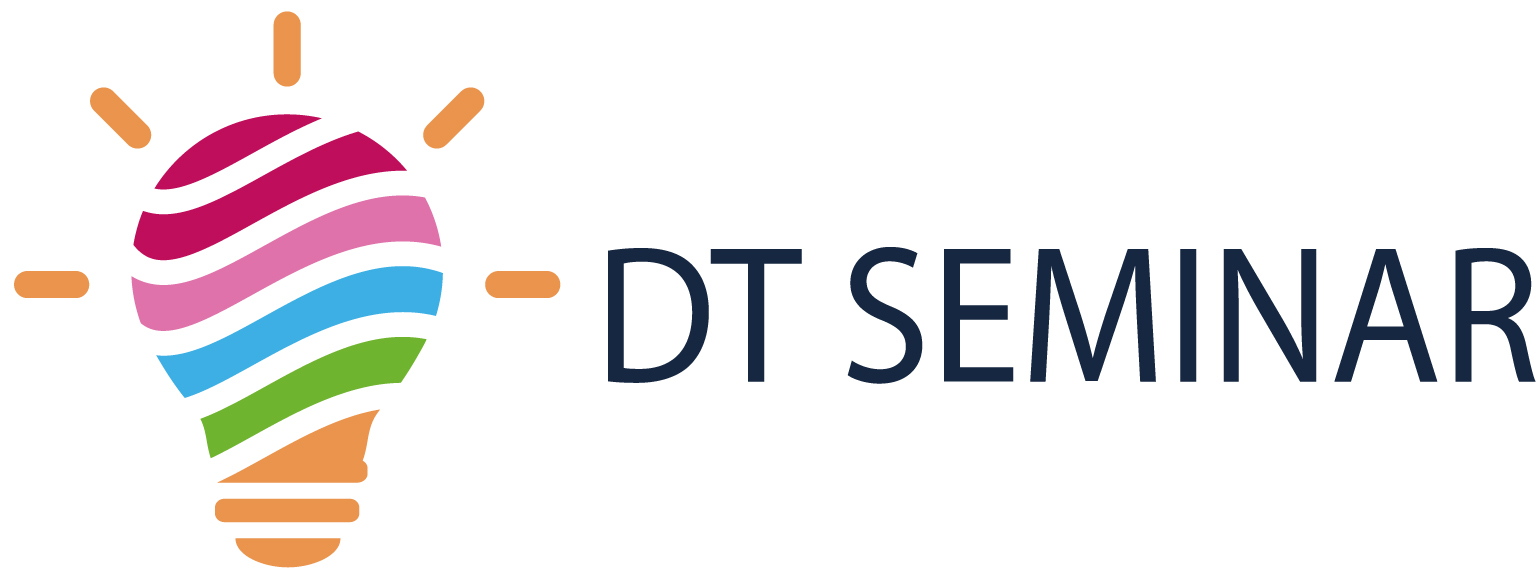Many communities in the US suffer from a lack of suitable jobs and education. The jobs that do exist either pay very little or require a high level of education. As a result, these places suffer from high unemployment rates and poverty. One such place is South Bend, Indiana.
In the 1950s and 1960s, the city experienced massive economic decline that resulted in population loss in the following decades, from which the city never fully recovered.
In 2018 a project under the leadership of the Docker Institute and the local public library was started to help lift up the most underserved and economically vulnerable by educating them and preparing them for higher-paying jobs. In July 2020 this initiative resulted in the launch of Bendable, a platform designed to expand access to free learning sources.

Key partners:
A wide range of partners and sponsors were involved in the development process. Google and Walmart provided the lead funding, while IDEO designed the user experience, Carbon Five built the digital platform, Credly developed the badging and credentialing system and FSG built an evaluation framework. The learning resources were sourced from 20 local and national content partners.
Design-Thinking Process:
To fulfil the needs of South Bend in the best possible way, they began a Design Thinking process, that took about two years to complete:
Empathize:
They started by understanding the problem and the local circumstances. To do that, they interviewed over 2200 residents, librarians and local business owners. What they found was that people simply stopped learning once their education was over. Especially in our ever-so-fast-changing world, many people felt out of touch with the current job requirements. At the same time, people wanted to learn but did not know where to start. This interest was not just focused on work-related topics. People also wanted to learn about everyday things like healthy cooking.
And the problem is even bigger than that. In the US, about 65% of jobs require some post-secondary education, while only about half of adults have that level of training. And that is just the national average. In St. Joseph County (the county that South Bend belongs to), only 39% of adults have this level of education. This education gap hurts the people looking for jobs, as well as businesses that cannot find enough qualified workers.
Define:
After analyzing the local prerequisites, they found that the resources to learn already existed. The problem was the lack of organization of existing resources, rather than their existence. In addition, these resources were designed for a global audience, therefore making them less relevant to the local job market.
The project team defined the key issue as the lack of organized and relevant resources.
Ideate:
Based on the insights of the previous phases, the developers began to ideate possible solutions. They came up with the concept of lifelong learning. Lifelong learning means to continue to learn throughout your life, instead of stopping after school. To make this possible, they would have to provide content for every age and stage of life.
To effectively manage the different content, they thought of the idea of dividing the content into two different groups: Career Collections and Community Collections. Career Collections are aimed at preparing learners for some of the most in-demand jobs, while Community Collections are managed by locals and contain anything non-work-related that people might want to learn. What is special about this is that community members can upload courses themselves and even invitations to an in-person course are possible.
The main goal was still to educate people so that they could be employed by businesses. The problem was that businesses simply had no way of knowing what applicants knew and whether they were suitable, as completing a course did not give any form of degree. So, the idea of giving out batches that people could upload together with their application was born. That way partnered businesses could tell that a person has informed themselves on a topic and could be suitable for a position even though they lack the required degree.
The last problem they thought about was how to visually organize the resources in the app. The idea they had for that was organizing the platform like a mobile shopping app. The mobile aspect allows people to learn, regardless of where they are or how much time they have. The functionalities that were being copied from shopping apps were the discovery and connection process and the way people could interact with them. For example, resources can be saved for later, shared with other people or liked so users know what other people think.

Prototype:
From the beginning of the process, the developers highly valued prototyping and testing. Early prototypes were mere paper sketches to test the graphical user interface. In the following month, basic digital mockups were created to get more feedback. Half a year before launch, the developers released a beta version of Bendable.
In a way, the entire implementation in South Bend was a prototype. The developers thought about scale and expansion from the beginning and first wanted to test if the idea was feasible and if people would use the platform.
Testing:
The team collected data from a variety of sources using multiple methods. Pre-launch, the most important source of information was through the roughly 100 beta testers that tested over 1200 resources. Surveys and data analysis from the content supplier sites provided a range of different insights into user experience, content, features, outreach and engagement. For example, users complained that the language used to describe some features was too “fancy,” which the developers subsequently simplified.
In general, the developers listened very closely to feedback they received in the early stages after release. Especially in the context of a prototype city, they wanted to know what to do differently when implementing the product in different cities in the future. In this phase the partnership with the local public library proved very effective. Librarians have direct contact with users and serve as an in-person intermediary between the developers and the residents. Additionally, they could advertise the app to residents and through that, increase usage.
Through feedback, several principles of practice were identified to effectively handle future projects in new cities. The most important were to actively engage residents, to reflect the needs, interests and makeup of the community, understand the historical, social, political, and economic context of each geography and to fail and learn fast.
Results:
Today Bendable is being used in 80 locations across the USA. It contains a base catalogue of over 1500 courses and a lot of location-specific information, such as different community services, vital civic information and offerings by residences, like events, classes and info guides. Topics cover a wide range of different areas, like technology, well-being, math and art, to only name a few. There are resources specifically catered to students, families or people in search of a job.
All in all, the project has been very successful. After only five years, the small experiment in South Bend developed into a nationwide product that reaches thousands, wildly surpassing even the wildest expectations.
The special thing about Bendable is that it is personalized for every single community. Even now, each new community goes through a small design thinking process that usually takes about a year to find out what the people really need and want, rather than just copying the existing product from another city. This ensures maximal effectiveness.
Lessons learned:
The Bendable team spend most of their time understanding the problem and the specific requirements of the different stakeholders. This caused a very deep understanding of their needs, which is one of the main reasons the product is as successful as it is. Products like this thrive because they know exactly what people need and want.
Another thing we should take away from Bendable is to fail and learn fast. This means building and testing prototypes early to find out if everything works as expected and if not, what needs to be changed to fix the issue. The earlier an issue is discovered, the easier it is to fix.
Sources:
- https://www.bendable.com/
- https://bendablelabs.com/
- https://mujeres.bendable.com/1.0/home
- https://learnworkecosystemlibrary.com/initiatives/bendable-library-lifelong-learning-platform/
- https://www.ideo.com/journal/the-learning-program-that-aims-to-make-american-cities-more-economically-resilient
- https://eu.southbendtribune.com/story/news/local/2020/06/10/bendable-app-opens-up-learning-resources-in-south-bend-area/43918237/
- https://www.cgu.edu/news/2020/07/drucker-institute-aims-to-create-a-city-of-lifelong-learning-with-bendable/
- https://www.luminafoundation.org/wp-content/uploads/2021/01/bendable-lifelong-learning-system.pdf
- https://juddleightonfoundation.org/the-drucker-institute-bendable-launch-2-0-and-free-learning-for-residents/


